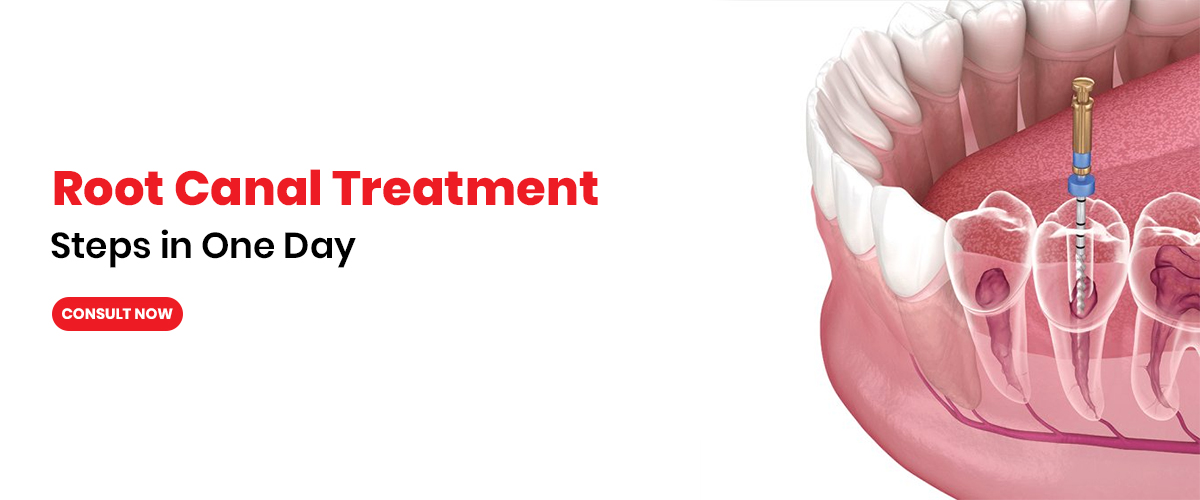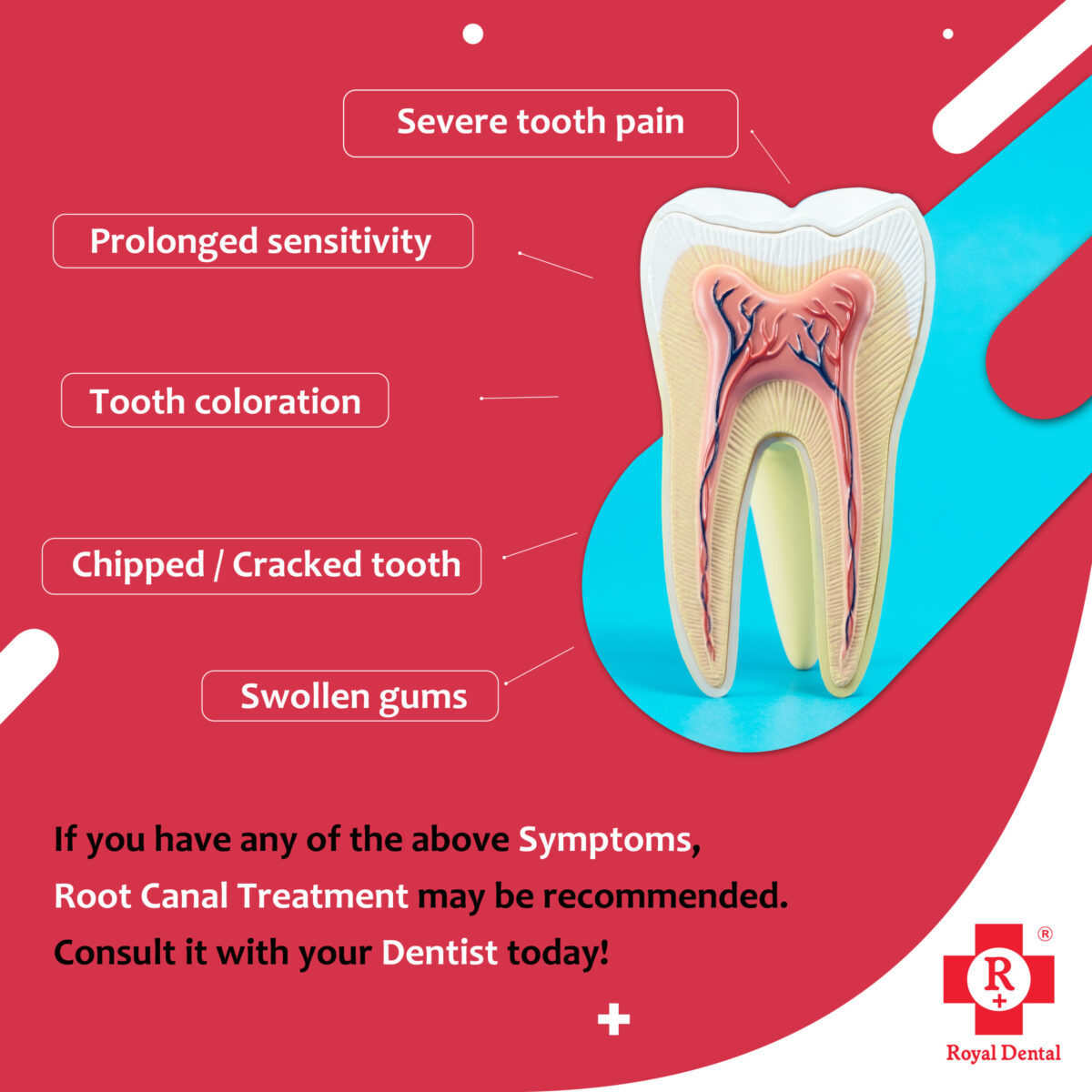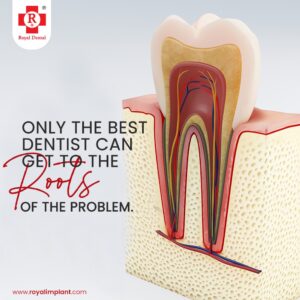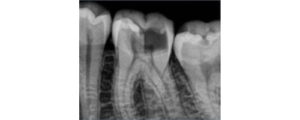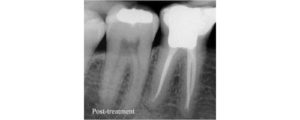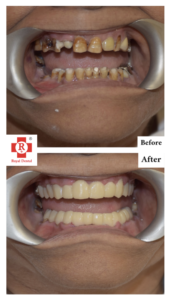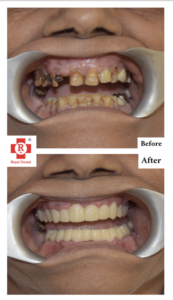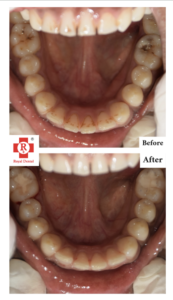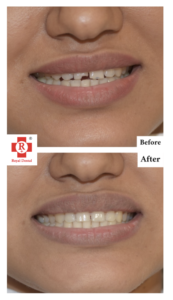Generally, people are less concerned when it comes to a dental treatment. So most patients avoid getting dental treatment done and also feel that dental procedures very expensive and time-consuming as multiple visits required. Filling & Root Canal Treatment is a very common dental procedure carried out extensively.
Around 1.5 crore people undergo root canals in the western world, it is estimated that in India this number would be way higher. As a nation the amount of time & effort which a multiple sitting root canal therapy would take would amount to huge costs when compared with single sitting root canal therapies.
Despite your efforts to keep teeth clean and healthy, sometimes cavities are unavoidable. Luckily, Dr Chirag Chamria and team offer white composite fillings! A composite filling is a tooth-colored plastic and glass mixture used to restore teeth that have been damaged by decay. Composites are also used for cosmetic improvements of the smile by changing the colour of the teeth or reshaping disfigured teeth.
In situations where dental fillings are not feasible, Root Canal Treatment may become necessary.
Broken Tooth: When your tooth breaks, you are at risk of losing the tooth or spreading an infection to other teeth. There are many ways someone can break a tooth, such as playing sports, slipping, falling, or eating hard foods. The pain from a damaged or broken tooth can be excruciating if not treated quickly and effectively.
Dental Pain: Toothache is caused when the nerve in the root of a tooth or surrounding it is irritated. Dental infection, decay, injury, or tooth loss are the most common causes of dental pain. Pain may also occur after an extraction.
Tooth Cavity: Tooth decay, is a hole that forms in your tooth. Cavities start small and gradually become bigger when left untreated. Since many cavities do not cause pain initially, it can be challenging to realize that a problem exists. Regular dental appointments can help detect tooth decay or cavities early on.

